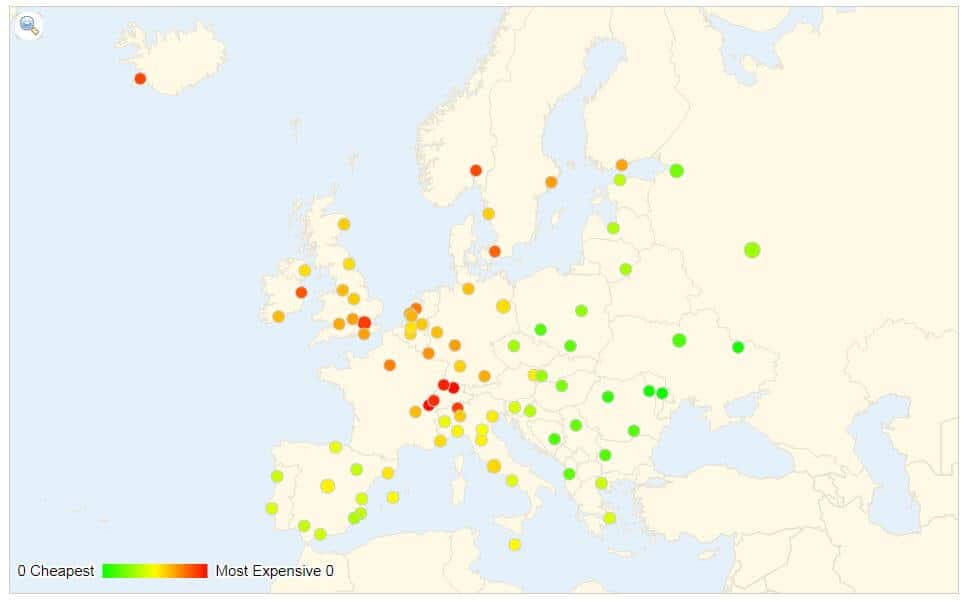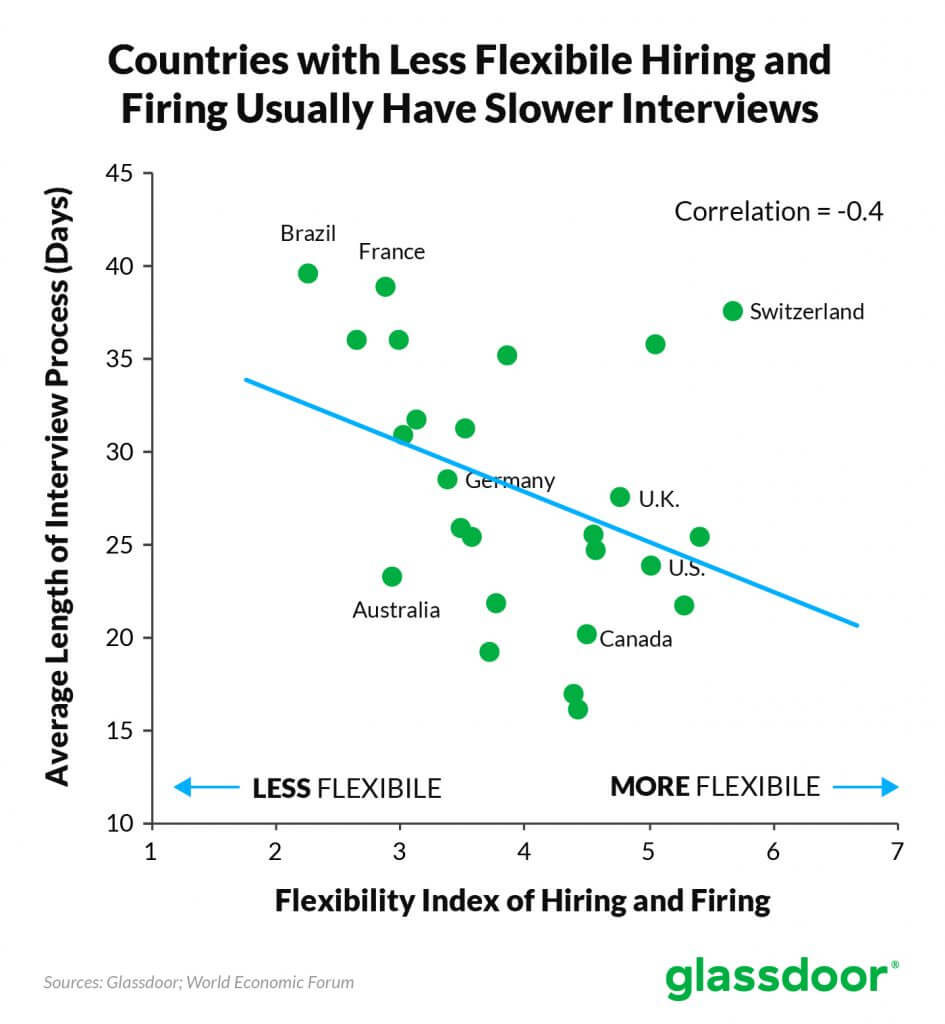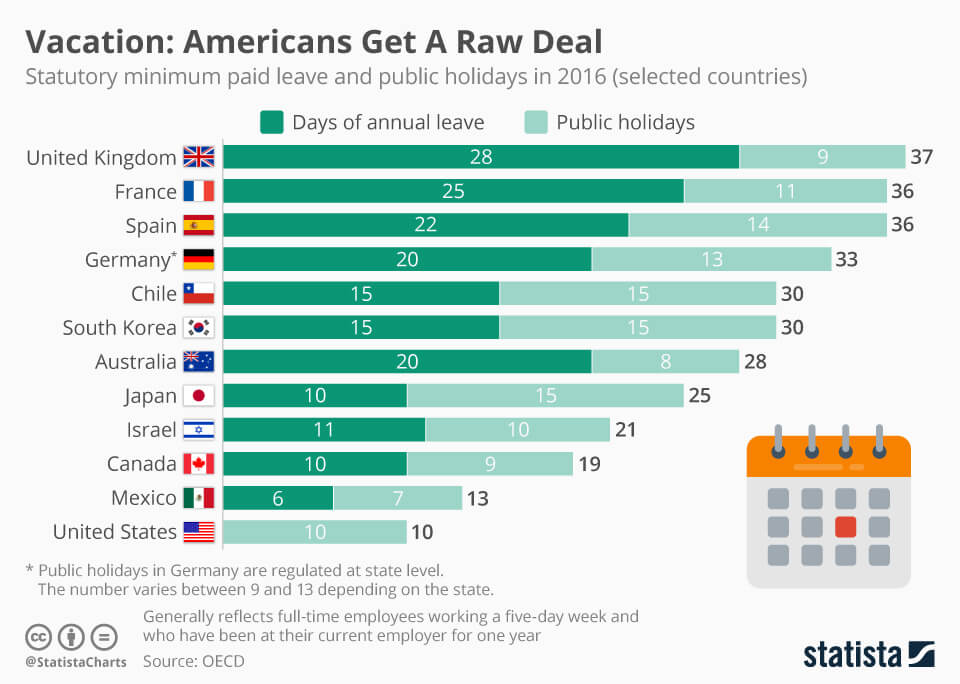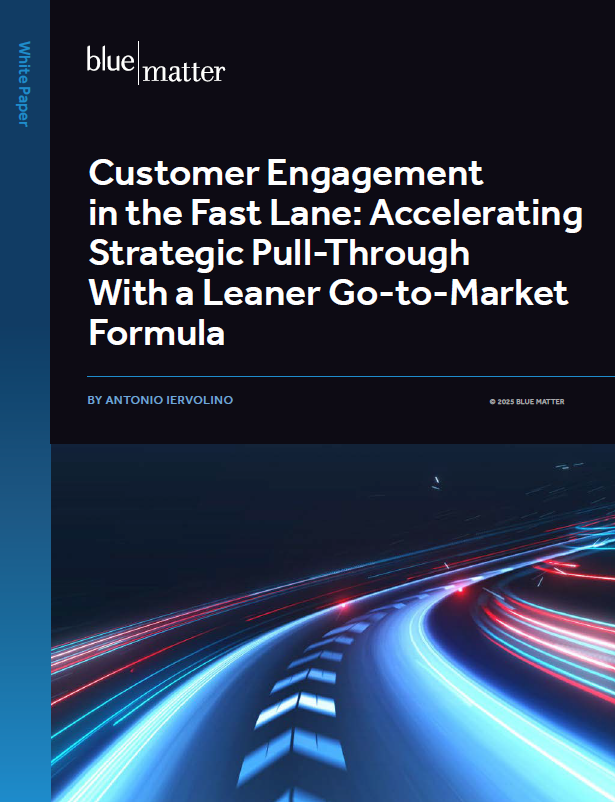
“Our people are our greatest asset.” That statement is a time-honored cliché in the business world. However, clichés typically come about for a reason: They’re usually true. No biopharmaceutical company can move into Europe without recruiting and hiring talent there. Obviously, those are essential steps to building a local presence anywhere. In this installment of our Seven Keys to Success in Europe series, we begin exploring important aspects of finding and hiring a team in Europe.
For US-based companies that are planning to “cross the pond”, it’s important to remember that recruiting and hiring are different in Europe. Assuming that the processes, practices, laws, and expectations are basically the same as in the US will lead to disappointing results. At best, it will stretch hiring timelines far beyond expectations, potentially causing damaging delays. At worst, it will do that and result in a sub-optimal team, which could endanger the whole endeavor.
Below, we take a look at five ways in which recruiting in Europe differs from the US. This list isn’t exhaustive. Any company that’s building a team in Europe should connect with a good recruiter or consultant who understands the differing labor laws and candidate expectations, and who can help locate talent. Ideally, a biopharma company will choose to work with an international executive search firm that has a local footprint in the markets in which it wants to recruit, at both the headquarters and affiliate levels. Now, let’s take a look at those key differences.
1.) Labor laws are different.
In the US, most employment is on an at-will basis. This means that the employer or the employee can terminate their mutual relationship at any time. An employer can fire an employee whenever it pleases and for any reason, as long as that reason isn’t illegal. Likewise, an employee can resign whenever he or she pleases, without any legally required notice period.
Across Europe, the concept of at-will employment does not exist, so employees have much greater protections than in the US. If an employer wants to terminate an employee, then it must do so for well-documented, established reasons. In addition, the process of dismissing an employee is usually a lengthy one, with required warnings, consultations, notice periods, and the like. An employer that fails to follow the proper procedures and does not afford an employee due process is open to a wrongful termination suit.
To an extent, these laws cut both ways. In most European countries, for example, employees must provide specifically defined notice periods when they resign. We’ll touch on that topic again below.
The key takeaway for US companies entering Europe is this: Be sure to understand the labor laws of the countries in which you plan to operate and take them into account. Those laws can vary widely from country to country. Finding the right candidate for a given role is extremely important, because it can be very difficult to unwind a marginal hiring decision.
2.) Hiring timelines are longer.
In Europe, hiring timelines are longer than in the US. This is due, in large part, to the labor laws in Europe and to the market dynamics they create. It’s not unusual for it to take 3 to 6 months (or even longer) to get a new hire on board for senior positions.
One reason for the longer hiring timelines is the fierce competition for landing senior executives. Those individuals can explore multiple opportunities and are in demand. In areas such as Market Access, Medical, Regulatory Affairs, and Quality and Compliance—where the talent pool is limited—the hiring timelines can take longer.
Another reason for longer hiring timelines relates to the interview process itself. In 2015, glassdoor performed a study of hiring practices across 25 countries and found that the average interview process in the US lasts 23.8 days. Across Europe, interview processes were much longer, on average. For example:
- France – 38.9 days
- Switzerland – 37.6 days
- Italy – 36 days
- Belgium – 36 days
- Germany – 28.5 days
Of course, these numbers just represent national averages. There is significant variation from industry to industry, but the trends are clear. According to glassdoor, their data show that countries that allow less legal flexibility in hiring and firing typically have longer interview processes.
The hiring timelines for the first key roles in Europe can also take longer than expected if the company doesn’t have a well-thought-out hiring process, full internal buy-in regarding how that process is going to work, and a commitment to make the proper resources available for it. It’s best to sort all those things out ahead of time and commit the resources to it. The potential costs of a bad decision are very high, so the company should really try to get it right.
Another driver of long hiring timelines are the statutory notice periods (and related laws) that exist across Europe. As mentioned earlier, before an employee can resign from a job in Europe, he or she is typically required by law to give a notice period. This is different from the US, which has no statutory notice period, though two weeks is customary.
In Europe, required notice periods vary in duration based on an employee’s length of service and level within the organization, and the laws of the country in question. While it’s not value-added to provide a full overview of the different notice periods across Europe, suffice it to say that they’re usually much longer than the two weeks seen in the US. They can run for many months, particularly for very senior personnel.
For US companies entering Europe, the key takeaway is this: Plan for long hiring timelines and start recruiting earlier than would be the norm at home. Failure to account for the differences in Europe could put a company way behind schedule and risk delaying a European launch.
3.) Vacation expectations are higher.
It’s pretty much common knowledge that Europeans expect—and use—more vacation time than Americans, on average. In the US, employees get about 10 paid holidays, but there is no statutory requirement for additional annual leave (vacation) time. However, two weeks of vacation is customary and senior personnel can usually get a bit more. In Europe, the expectations for paid leave are much greater.
Using data from the Organization for Economic Cooperation and Development (OECD), Statista compiled a chart to show how the US compares to the rest of the world when it comes to statutory minimum annual paid leave. European countries rank at the top, and the US is at the bottom.
Also related to this, some countries, such as France, have established strict maximum weekly working hours. Typically, these laws apply to employees who do not have control over their own schedules, so corporate employees can work beyond these limits. In some cases, however, those employees are compensated for their overtime with additional days off.
The key takeaway for US companies entering Europe is this: When recruiting talent in Europe, remember the expectations (and requirements) for paid leave and structure benefits packages accordingly.
4.) Compensation packages can be highly variable between countries.
One of the key themes that readers of this series will begin to notice is that Europe is not a country. It’s tempting for US-based companies to view Europe as more homogenous than it actually is. Even though the EU maintains a common regulatory superstructure, there are significant differences from market to market.
US companies need to be aware that the cost of living can vary widely in Europe from country to country and city to city. As a result, companies need to tailor their compensation packages to the places in which they plan to hire personnel. Expatistan, a crowd-sourced site providing comparative cost-of-living data across the world, provides an interesting cost of living index for Europe. This illustrates the differences across the continent. Not surprisingly, Zurich, Geneva, and London have the highest costs of living in Expatistan’s rankings. Another good source for this type of information is Numbeo.

The key takeaway for US companies is this: Know the markets you plan to enter and structure compensation packages appropriately. There can be major differences from place to place.
5.) Benefits requirements are higher.
Overall, many have noticed that salaries in Europe, even after accounting for exchange rates, seem to be a bit lower than in the US. Salaries are only a part of any compensation package, so talent will not be cheaper in Europe than in the US.
Benefits requirements across Europe are generally higher than in the US. These differences are apparent, for example, when it comes to things like sick pay and family leave. In the US, sick pay and paid maternity leave are not required, though many employers offer them anyway. Across Europe, those benefits are required, though the specifics can vary depending on the country in question. In some countries, such as Sweden, France, Spain, and the United Kingdom, paternity leave is also provided.
Across Europe, public benefits are typically much more generous that those in the United States (with universal health coverage being the most-cited example). Even so, some countries have laws that require employers to provide additional benefits on top of the state-provided ones. In the UK, for example, employers must provide an additional pension for their employees, contributing a minimum percentage of each employees’ salary.
The examples provided above are illustrative, and any US company making the move into Europe needs to be aware of the benefits requirements and expectations for the markets it intends to enter. The key takeaway is this: Know your markets. In fact, hiring a knowledgeable consultant is very highly recommended, as expectations and benefits requirements can vary wildly across EU countries. Someone with local knowledge will help ensure that compensation packages are competitive will local expectations as well as compliant with applicable laws.
Coming Next…
The next article in this series will also deal with the issue of finding and recruiting talent. It will outline how biopharma companies should stage their hiring when going to Europe, answering questions like:
- When should the recruiting process start?
- What role should a company hire first?
- How should a company prioritize and plan subsequent hires?
Blue Matter Expert Contributors:
- George Schmidt
- Theofanis Manolikas
Partner Expert Contributors:
- Michael Bentley, Experienced Human Resources executive
- Oliver Schlitz, LLM, Managing Partner, Switzerland & Partner, Global Healthcare & Life Sciences Practice, Heidrick & Struggles








